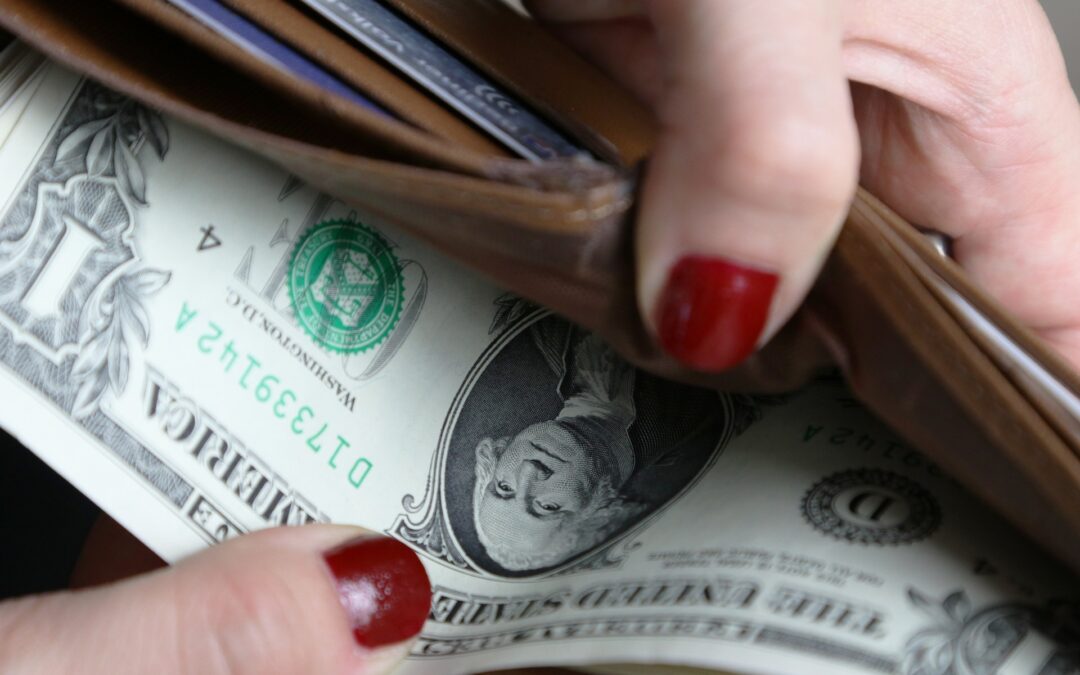The Federal Reserve Bank of San Francisco (FRBSF) recently released its 2022 Findings from the Diary of Consumer Payment Choice. In 2021, the FRBSF found that the global COVID-19 pandemic continued to affect U.S. consumers’ use of cash. The report summary states, “The share of payments made in cash dropped sharply from 2019 to 2020 and then increased slightly in 2021, implying that cash use hit its lowest point in the first pandemic year. In contrast to cash use, consumers’ cash holdings remained elevated in 2021 when compared to 2019 and prior years, indicating that consumers continued to demand cash in the uncertain environment of the pandemic’s second year.”
Cash on the Rise
While the increase in cash payments from 2020 to 2021 may seem small, it is significant because it represents the first year-over-year increase in cash use since the Diary began publishing its report in 2016.
Key Facts
Some of the key findings in the 2022 report include:
- In October 2021, the average number of cash payments increased from six to seven payments and accounted for 20 percent of all payments, up from 19 percent in 2020 and down from 26 percent in 2019.
- The share of in-person purchases and person-to-person (P2P) payments increased to 82 percent, up from 80 percent in 2020 and down from 87 percent in 2019.
- The value of cash held in a consumer’s pocket, purse, or wallet (called on-person holdings) averaged $67 in 2021, compared to $76 in 2020 and $60 in 2019.
- The value of cash held in a consumer’s home, car, or elsewhere (called store-of-value holdings) remained elevated at $347, compared to $299 in 2020 and $241 in 2019.
The findings show, overall, that much of the U.S. population continues to use cash for everyday purchases and keep it on hand for use in an emergency and in everyday life.

